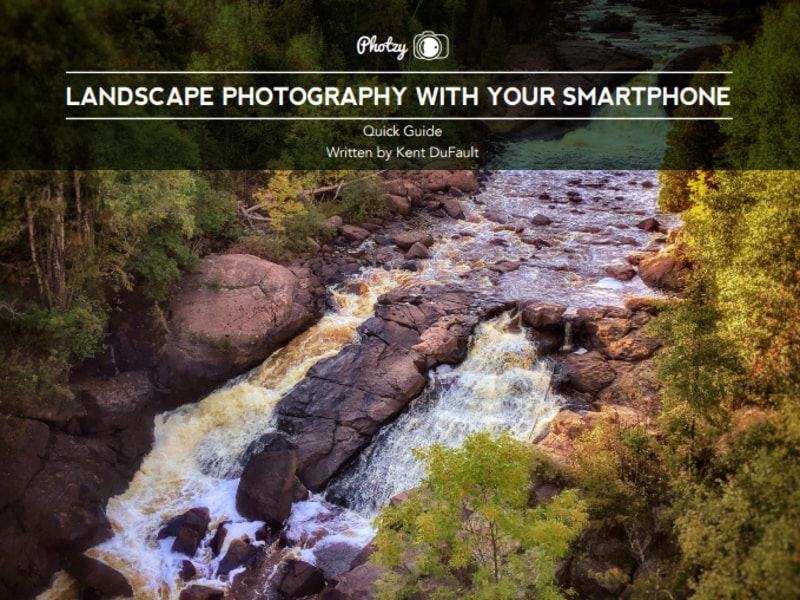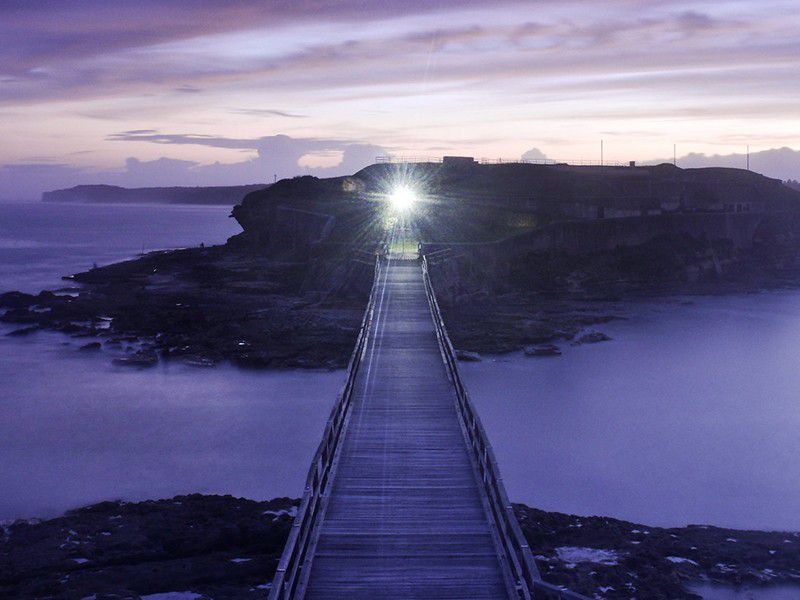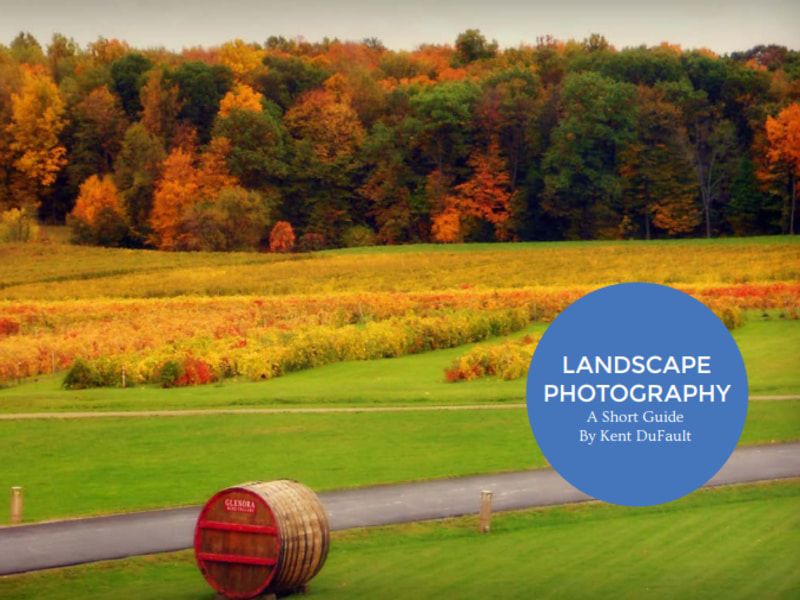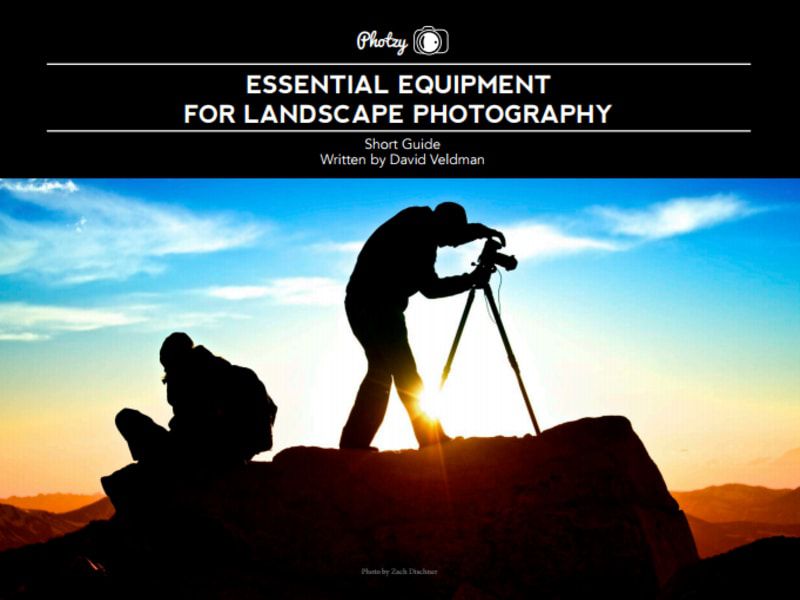4 Free Landscape Photography Guides and Assignments to Improve Your Shot
Diving into the world of photography is both an art and a journey. While reading is crucial, the real magic happens when you’re out in the field, camera in hand.
To guide you towards improving your landscape photography, we’ve curated four free guides that offer valuable insights, coupled with hands-on assignments to transform your learning into practice. Let’s get started!
1. Landscape Photography with your Smartphone
Key Takeaways
-
It’s not about the camera, but the photographer
A common misconception is that smartphone photography requires no skill. However, it can be harder to take a great photograph with a smartphone because you have fewer tools to work with. The essence of a good photograph lies in the thought process of the photographer, not the equipment.
-
Smartphone photography requires skill
Great photography can be achieved with a smartphone, but it requires the photographer to push their thought processes further and delve deeper into their skillset. Learn to pre-visualize your landscape photographs when using a smartphone and understand the relationship between capturing and post-processing.
Try this Assignment
Choose a landscape scene that you find appealing. Using only your smartphone, capture the scene, keeping in mind the limitations and strengths of your device.
After capturing your shot, use a post-processing app (like Snapseed, as mentioned in the guide) to enhance and finalize your image.
Remember to focus on composition, story, and how you can use post-processing to overcome any limitations you faced while capturing the shot. Write down and explain the thought process behind each decision you made during post-processing.
2. 7 Easy Tactics for Better Coastal Landscape Photography
Key Takeaways
-
Timing is crucial
It can be important to shoot during the Golden Hour or Blue Hour. These times of day offer changing lighting conditions that can enhance the overall mood and feel of the photograph. Get accustomed to shooting from before sunrise or until after sunset to capture the best lighting conditions.
-
Foreground matters!
While the sky, especially during Golden or Blue hours, can be captivating, it’s essential not to neglect the foreground. Scouting a location can reveal interesting foreground elements that can add depth and interest to the composition, making the photograph more engaging.
-
Experiment with black and white
While coastal landscapes are often celebrated for their vibrant colors, there’s a unique charm in black and white photography. You should play with your images in post-production and explore the effects of black and white. Sometimes, intending to shoot in black and white can lead to even more compelling results.
Try this Assignment
Choose a coastal location and plan to visit during the Golden Hour or Blue Hour.
Focus on capturing the changing lighting conditions, ensuring you pay attention to both the sky and the foreground.
After capturing your shots, select one image and convert it to black and white in post-production. Explain your choices in composition, lighting, and post-processing.
3. Landscape Photography: A Short Guide
Key Takeaways
-
Depth perception in photography
One of the challenges in landscape photography is translating the three-dimensional world into a two-dimensional medium. Our brains perceive depth based on the information our eyes provide, but a photograph is inherently flat. To create the illusion of depth in a photograph, we have to use compositional techniques. To capture the vastness of landscapes, we have to learn how to “create” the information that the brain seeks, primarily through composition.
-
Lens choice and its impact
The choice of lens can significantly affect the outcome of a landscape photograph. A wide-angle lens can create a sense of expansive space, while a telephoto lens can bring subjects closer, creating a sense of intimacy. Understanding the effects of different focal lengths and how they can push or pull subjects is crucial for landscape photography
-
Importance of a focal point
A common mistake for beginners is not having a focal point in their landscape photographs. Regardless of how spectacular a scene might be, it’s essential to have an element in the composition that captures the viewer’s attention. Without a focal point, the viewer’s eyes might wander aimlessly around the image. Objects that stand out due to their shape, color, or pattern can serve as effective focal points.
Try this Assignment
Choose a landscape scene that offers depth, such as a path leading into the distance, a series of mountains, or a river winding through a valley.
Using the compositional techniques discussed in the guide, capture the scene in a way that maximizes the illusion of depth. Experiment with different lens choices to see how they affect the perception of depth.
Be sure to analyze your shots and identify the techniques you used to create depth. Write a brief explanation of your compositional choices.
4. Essential Equipment for Landscape Photography
Key Takeaways
-
The camera and lens
While any camera can be used for landscape photography, certain features can enhance the technical quality of shots. Factors affecting image quality include sensor size, megapixel count, and dynamic range. A larger sensor generally results in better image quality due to its ability to capture more light. Additionally, having a camera that shoots in raw format and offers full manual control is beneficial. For those using interchangeable lens cameras, starting with a kit lens is fine, but eventually, you might consider wider lenses for expansive views or medium telephoto zooms for subject isolation.
-
A tripod is essential for landscape photography
This is especially true for long exposures and HDR (High Dynamic Range) photography. Long exposures can create dramatic effects, such as turning running water into silky ribbons. HDR, on the other hand, involves combining multiple shots of varying brightness to achieve a single image with details in both the darkest and lightest areas. A sturdy and durable tripod will help to ensure stability and protect the camera.
-
Filters can significantly impact the outcome of a landscape photograph
ND (Neutral Density) filters decrease the amount of light entering the camera, allowing for creative manipulation of exposure. Graduated ND filters are half-dark and help balance the brightness of the sky with the ground. Circular polarizers reduce reflections and glare, adding contrast to the sky and sometimes allowing the camera to see through water
Try this Assignment
Choose a landscape scene that offers a mix of bright skies and darker grounds.
Using an ND filter, capture the scene with a long exposure to create a dramatic effect, especially if there’s moving water.
Next, using a graduated ND filter, try to balance the brightness of the sky with the ground.
Finally, use a circular polarizer to reduce reflections and enhance the sky’s contrast.
Take a look at each photo you have captured with each filter, and note the differences and the impact of each filter on the final image.
Further Resources
Are you ready to push your creativity and stretch your skills in landscape photography? A great resource is the Landscape Photography Creativity Prompts from our friends at Photzy! These 5 creativity prompts include over 20 assignments for you to dive into and get out into the field. Read all about these prompts here.




